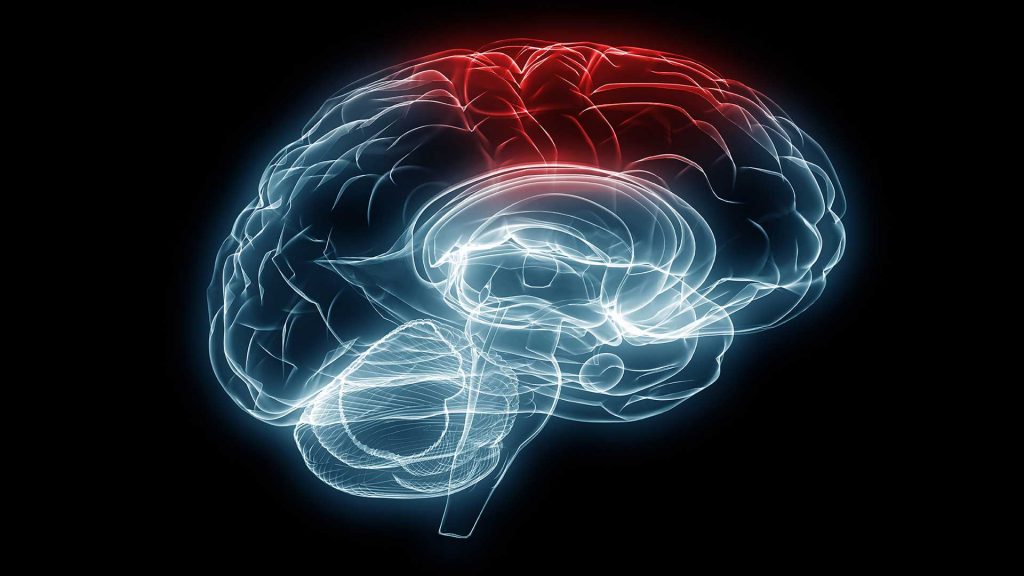The healthcare landscape is undergoing a significant transformation, thanks to the rise of telehealth services. Telehealth, or online medical appointments, is an innovative approach to healthcare that allows patients to connect with healthcare providers remotely using digital communication tools such as video conferencing, phone calls, or messaging apps. This mode of healthcare delivery is not just a trend it is a revolution that offers numerous benefits for both patients and healthcare providers. Here are some of the top advantages of online telehealth appointments that are driving this change.
Increased Accessibility
One of the most significant benefits of online telehealth appointments is the increased accessibility it provides to patients. For individuals living in rural or remote areas, accessing healthcare services often involves long travel times, which can be both costly and inconvenient. Telehealth eliminates these barriers by allowing patients to consult with healthcare providers from the comfort of their homes. This increased accessibility ensures that more people receive the medical attention they need, particularly those who might otherwise forgo seeking care due to geographical constraints.
Convenience and Flexibility
Telehealth appointments offer unparalleled convenience and flexibility. Traditional in-person visits often require taking time off work, arranging childcare, or spending time in waiting rooms. With telehealth, patients can schedule appointments that fit into their daily routines, reducing the need for time off and minimizing disruptions. The flexibility of online appointments is especially beneficial for individuals with busy schedules or those who need frequent consultations, such as chronic disease patients who require regular monitoring and follow-ups.
Reduced Healthcare Costs
Telehealth can significantly reduce healthcare costs for both patients and providers. For patients, the elimination of travel expenses, parking fees, and time off work translates into direct cost savings. Additionally, telehealth visits often have lower co-pays or consultation fees compared to in-person visits. For healthcare providers, telehealth reduces overhead costs associated with running a physical office, such as utilities and staffing for in-person visits.
Improved Patient Outcomes
 Studies have shown that telehealth can lead to improved patient outcomes. The ease of access to medical professionals means that patients are more likely to keep their appointments and adhere to treatment plans. Telehealth also facilitates better chronic disease management by allowing healthcare providers to monitor patients more closely and adjust treatment plans as needed without the need for frequent in-person visits. This continuous monitoring and quick access to medical advice help in preventing complications and hospital readmissions, ultimately leading to better health outcomes.
Studies have shown that telehealth can lead to improved patient outcomes. The ease of access to medical professionals means that patients are more likely to keep their appointments and adhere to treatment plans. Telehealth also facilitates better chronic disease management by allowing healthcare providers to monitor patients more closely and adjust treatment plans as needed without the need for frequent in-person visits. This continuous monitoring and quick access to medical advice help in preventing complications and hospital readmissions, ultimately leading to better health outcomes.
Expanding Access to Specialists
For many patients, accessing specialized care can be challenging due to the scarcity of specialists in certain regions. Telehealth bridges this gap by connecting patients with specialists who may not be available locally. This is particularly beneficial for those with rare or complex conditions that require expert consultation. By removing geographical barriers, telehealth ensures that patients receive the best possible care, regardless of their location.
Telehealth is revolutionizing the way healthcare is delivered, providing a myriad of benefits that enhance accessibility, convenience, and efficiency. As technology continues to advance, the adoption of telehealth is expected to grow, further transforming healthcare into a more patient-centered, cost-effective, and environmentally friendly system. For patients and providers alike, the future of healthcare is here, and it is online.






 One of the primary objectives of sports injury chiropractor services is injury prevention. Through a combination of manual adjustments, soft tissue therapy, and exercise prescription, chiropractors help athletes maintain proper alignment and mobility in their musculoskeletal system. Correcting biomechanical imbalances and optimizing joint function reduces the risk of overuse injuries, sprains, and strains that are common in sports. Additionally, sports chiropractors provide valuable guidance on injury prevention strategies, such as warm-up routines, stretching exercises, and ergonomic adjustments to an athlete’s training regimen. These measures empower athletes to protect themselves from potential injuries, ensuring they can continue to pursue their athletic goals.
One of the primary objectives of sports injury chiropractor services is injury prevention. Through a combination of manual adjustments, soft tissue therapy, and exercise prescription, chiropractors help athletes maintain proper alignment and mobility in their musculoskeletal system. Correcting biomechanical imbalances and optimizing joint function reduces the risk of overuse injuries, sprains, and strains that are common in sports. Additionally, sports chiropractors provide valuable guidance on injury prevention strategies, such as warm-up routines, stretching exercises, and ergonomic adjustments to an athlete’s training regimen. These measures empower athletes to protect themselves from potential injuries, ensuring they can continue to pursue their athletic goals.